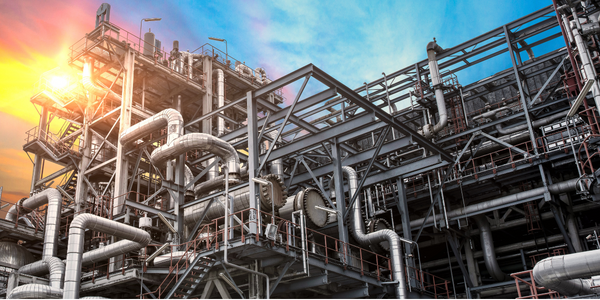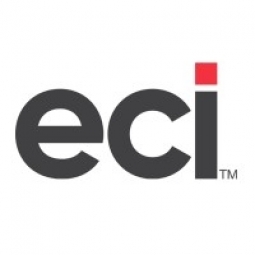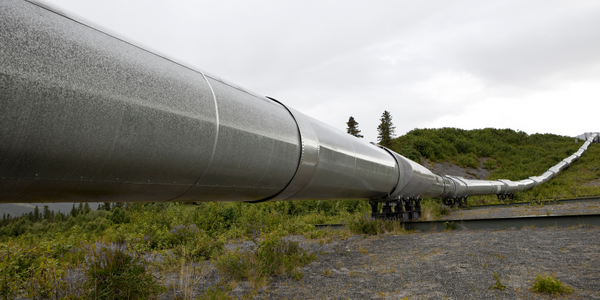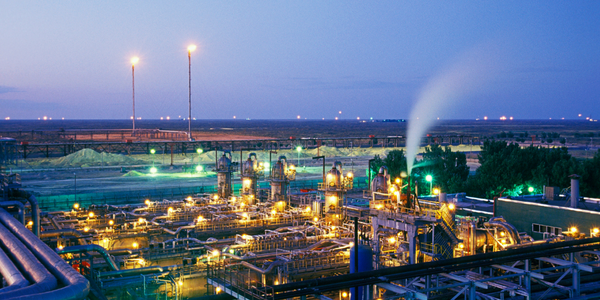Customer Company Size
SME
Region
- America
Country
- Canada
Product
- E2 system
Tech Stack
- Data Collection module
- QuickBooks module
Implementation Scale
- Enterprise-wide Deployment
Impact Metrics
- Cost Savings
- Productivity Improvements
Technology Category
- Functional Applications - Inventory Management Systems
Applicable Industries
- Oil & Gas
Applicable Functions
- Discrete Manufacturing
Use Cases
- Inventory Management
Services
- System Integration
About The Customer
Rapid Design Group is a turn-key shop located in Leduc, Alberta, Canada. The company was founded by Serg Arabsky, a mechanical engineer, in 2011. Initially, it was a one-man shop consulting in the oil and gas industry. However, Serg quickly realized that he could offer not only consulting but design and manufacturing as well. Today, Rapid Design Group occupies a 17,000 sq ft facility with 22 employees. The company specializes in downhole drilling and completions for the oil and gas industry.
The Challenge
Rapid Design Group, a turn-key shop located in Leduc, Alberta, Canada, was founded by Serg Arabsky in 2011. Initially, it was a one-man shop consulting in the oil and gas industry. However, Serg quickly realized that he could offer not only consulting but design and manufacturing as well. Today, Rapid Design Group occupies a 17,000 sq ft facility with 22 employees, specializing in downhole drilling and completions for the oil and gas industry. Despite its growth, the company faced challenges in integrating departments, creating efficiencies, and planning, which made every job difficult.
The Solution
Rapid Design Group implemented the E2 system to integrate departments quickly, start creating efficiencies immediately, and help the shop plan, making every job easier. Once E2 was loaded and running in Serg’s shop, he was convinced he made the right purchase. His team has implemented many E2 modules including the QuickBooks and Data Collection modules. The QuickBooks integration was seamless and Serg says that Data Collection has moved his machinists to think more holistically about every project. It easily shows them where improvements can be made and works perfectly with prototype work to help control inventory. E2 structures and solidifies internal communication thus making all departments more efficient.
Operational Impact
Quantitative Benefit

Case Study missing?
Start adding your own!
Register with your work email and create a new case study profile for your business.
Related Case Studies.

Case Study
Taking Oil and Gas Exploration to the Next Level
DownUnder GeoSolutions (DUG) wanted to increase computing performance by 5 to 10 times to improve seismic processing. The solution must build on current architecture software investments without sacrificing existing software and scale computing without scaling IT infrastructure costs.

Case Study
Remote Wellhead Monitoring
Each wellhead was equipped with various sensors and meters that needed to be monitored and controlled from a central HMI, often miles away from the assets in the field. Redundant solar and wind generators were installed at each wellhead to support the electrical needs of the pumpstations, temperature meters, cameras, and cellular modules. In addition to asset management and remote control capabilities, data logging for remote surveillance and alarm notifications was a key demand from the customer. Terra Ferma’s solution needed to be power efficient, reliable, and capable of supporting high-bandwidth data-feeds. They needed a multi-link cellular connection to a central server that sustained reliable and redundant monitoring and control of flow meters, temperature sensors, power supply, and event-logging; including video and image files. This open-standard network needed to interface with the existing SCADA and proprietary network management software.

Case Study
Refinery Saves Over $700,000 with Smart Wireless
One of the largest petroleum refineries in the world is equipped to refine various types of crude oil and manufacture various grades of fuel from motor gasoline to Aviation Turbine Fuel. Due to wear and tear, eight hydrogen valves in each refinery were leaking, and each cost $1800 per ton of hydrogen vented. The plant also had leakage on nearly 30 flare control hydrocarbon valves. The refinery wanted a continuous, online monitoring system that could catch leaks early, minimize hydrogen and hydrocarbon production losses, and improve safety for maintenance.










